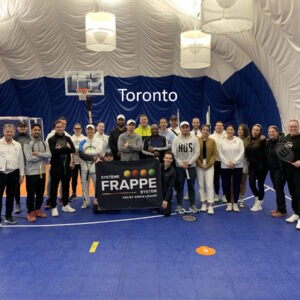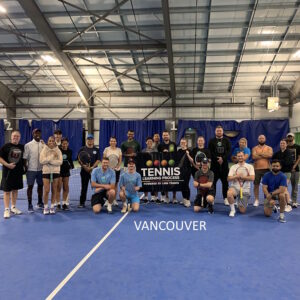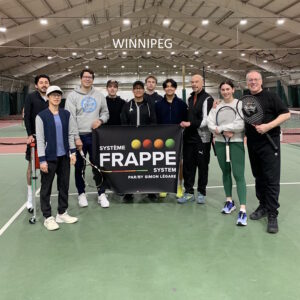
Sanctionned by Tennis Québec

Recognized as professional activity (may count as re-certification)
FRAPPE Members list
British Columbia
Ontario
Manitoba
Quebec
- Tennis 13 (Montreal)
- Sani-Sport (Boucherville)
- Sani-Sport (Brossard)
- Académie Ama (Robby Ménard)
- Tennis Montreal
- Tennis Laval
- Université Laval
- Académie Tennis Top (Gatineau)
- Académie Tennis Momentum (Repentigny)
- Club CDL (Montreal)
- Tennis intérieur St-Augustin (Québec)
- Tennis 3R (Trois-Rivières)
- Tennis Avantage (Québec)
- L2 Tennis (Quebec)
- Parc Mohawk (Ville Mont-Royal)
- Tennis Hull
- Tennis Alma
- Tennis Sept-Iles
- Centre Tennis Rock-Forest
- Association Tennis Drummondville
- Tennis Sillery (St-Charles Garnier)
- Tennis Rimouski
STRUCTURE AND PLAN YOUR COURSES
The Ultimate Tennis Learning Process
Online training, on-court training and interactive outlines
for progressive tennis teachers
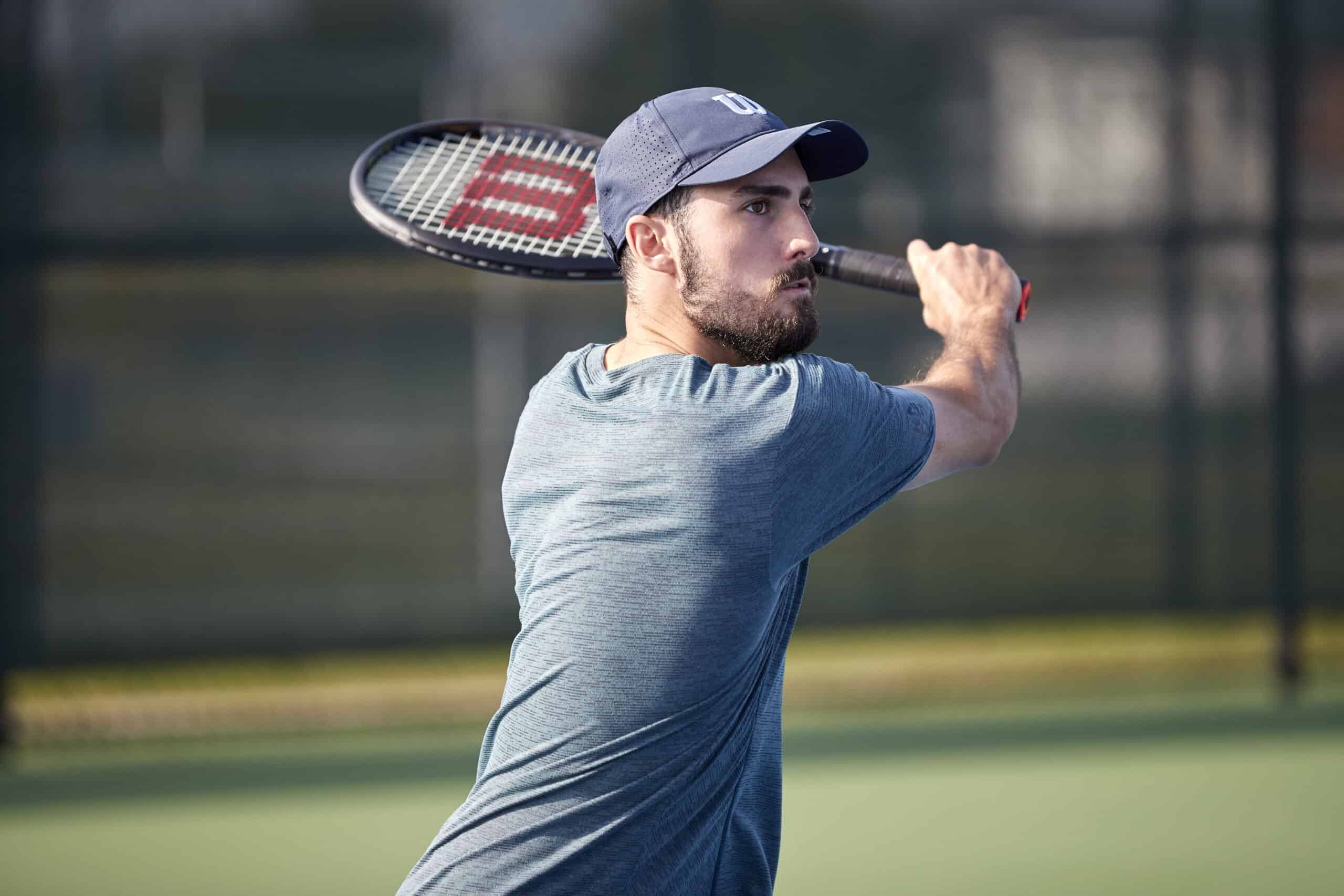
Train your teachers and gain expertise with the FRAPPE system
Despite the excellent training course offerings, it is clear that new tennis coaches enter the recreational teaching environment feeling that they do not have enough expertise to plan their own lessons.
Find out how well your students are playing

Cooperation
Before facing an opponent, progressive tennis players must learn to trade cooperatively with the opposing player. In the cooperation program, students will learn to better control the different characteristics of the ball. They will learn to control the height, speed, distance and direction of the ball in order to develop consistency in the exchanges.

Adaptation
In this program, the student will learn to adapt to the different characteristics of the ball on reception. Your students will learn to adapt to balls of different heights (high or low), speeds (slow or fast), distances (short or long) and directions (far right or far left).
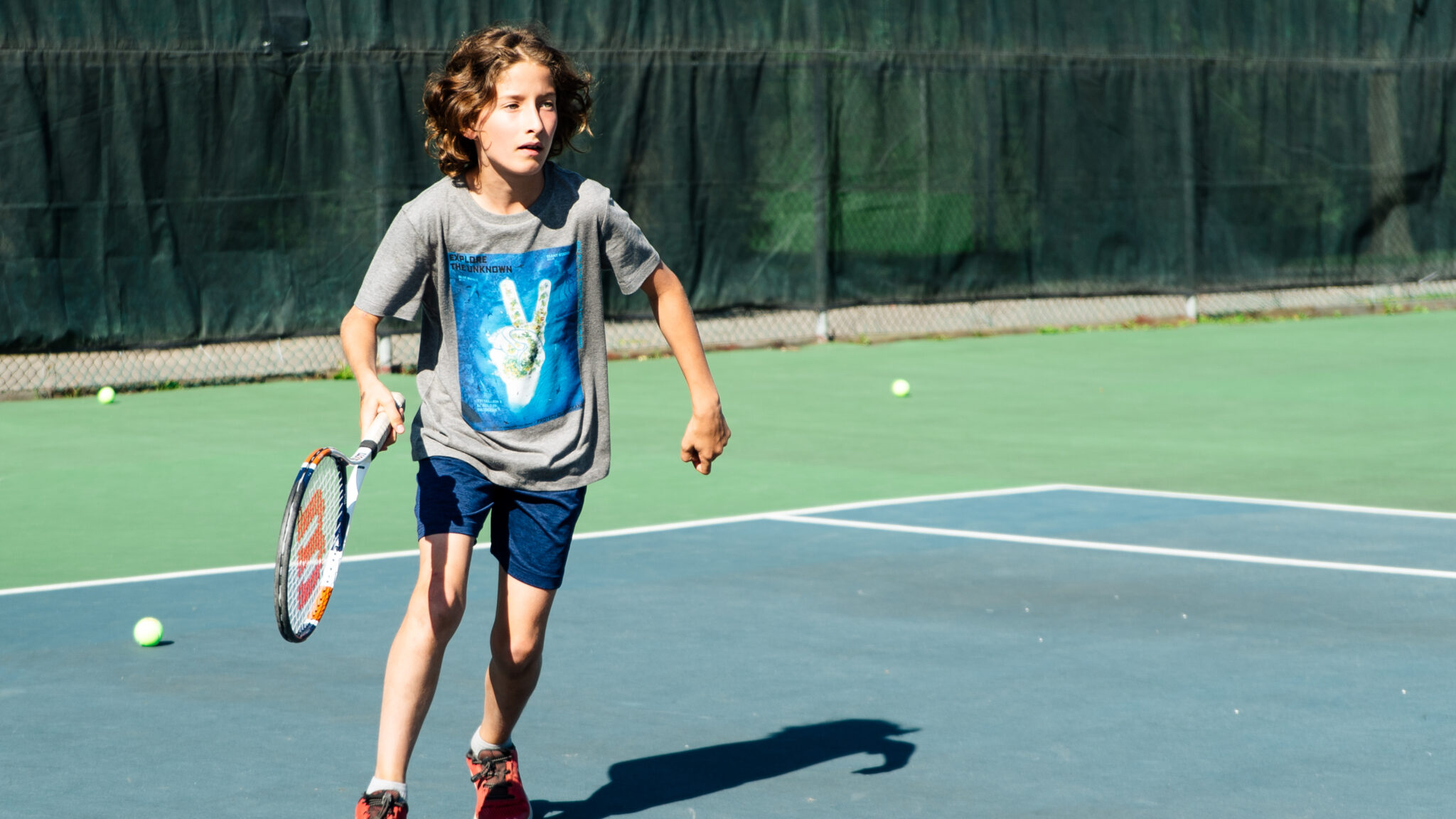
Opposition
This program will allow your students to use the positioning of the ball to develop opposition. They will understand the difference between the direction (cross court, inside out, etc.) and distance (drop shot, deep ball) of the ball in order to provoke and attack the opponent.

Tactics
This program will teach your students to make the right tactical decisions (play choices) based on the ball they receive, either in defensive, exchange or attack mode.


